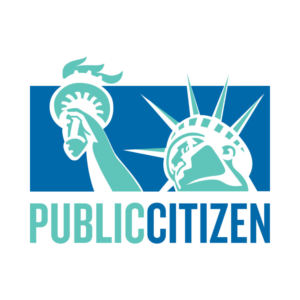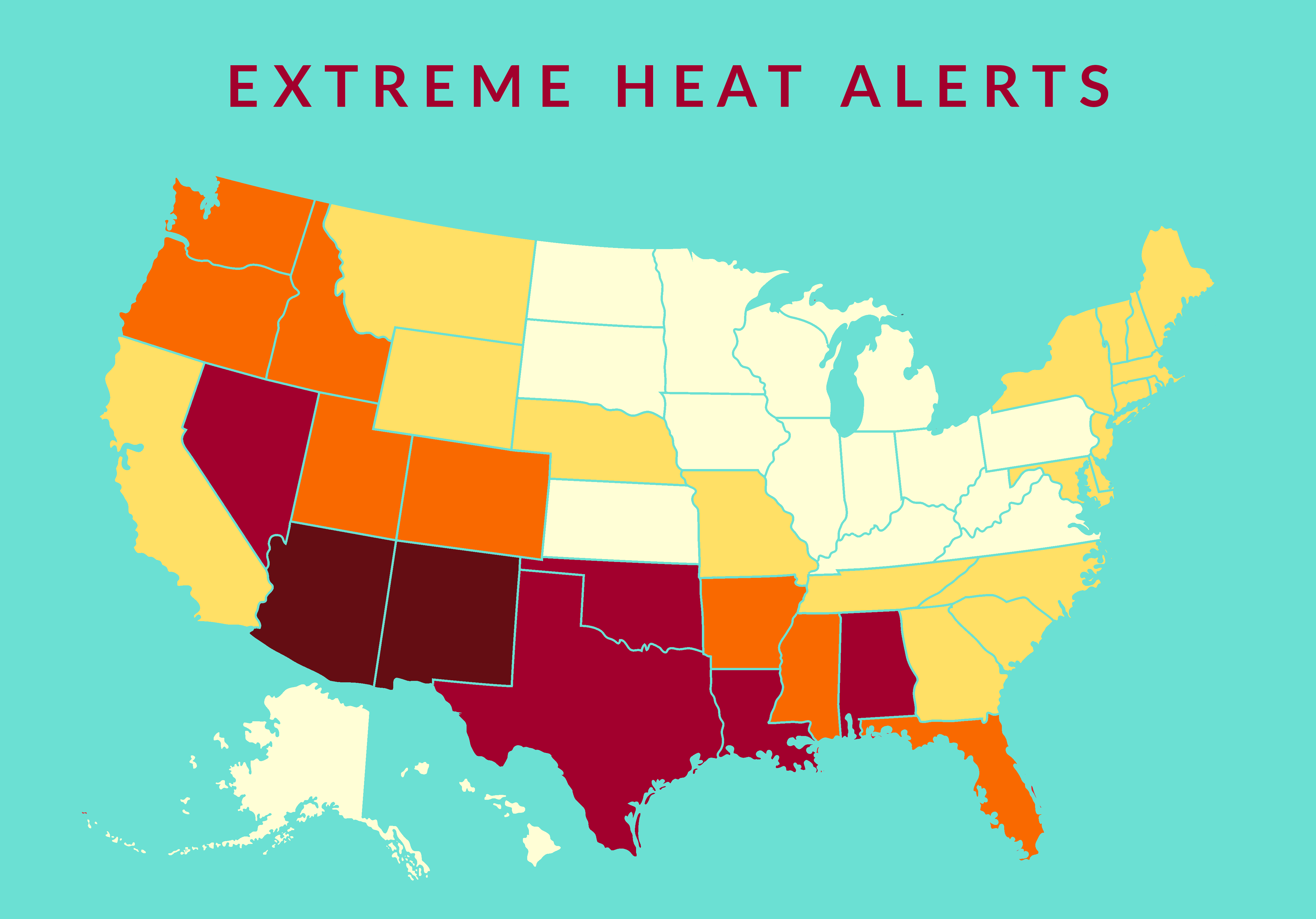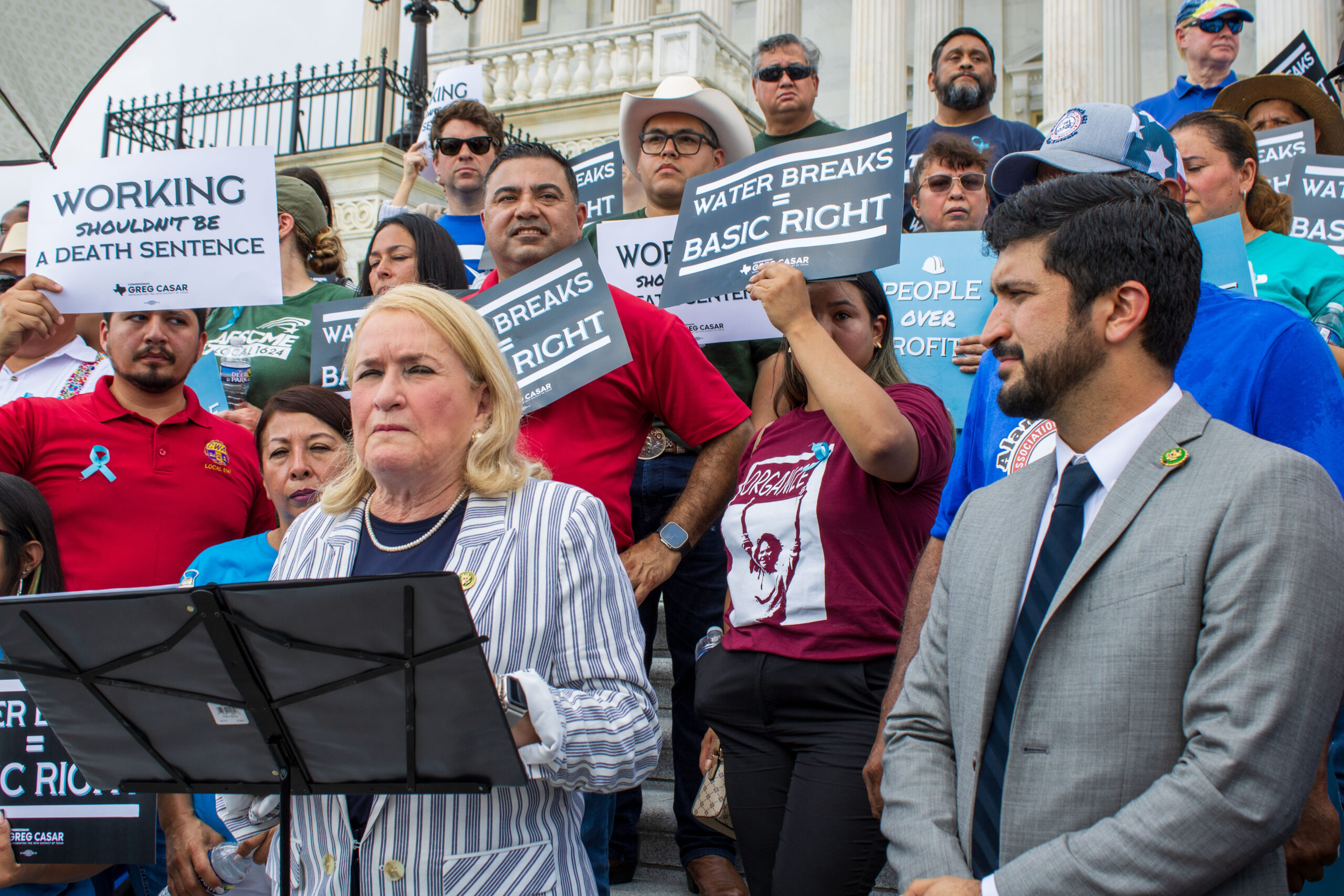
Heat is Killing American Workers
Heat Exposure on the Job Kills as many as 2,000 Workers in the U.S. each year

Exposure to excessive heat is one of the most dangerous problems facing workers today. Congress has the power to protect workers now.
Join us!
Organize, Advocate, Take Action Now!
The failure of employers to implement simple heat safety measures costs the U.S. economy $100 billion every year.
This summer:
More than 6000 high-temperature records have been broken in the U.S.
More than 8500 records for the highest overnight low temperature have been broken, limiting the ability of workers to recover from the heat that will face them the next day.
More than 28,850 Heat Alerts have been issued spanning from coast to coast, from Mexico to Canada, since May 1, 2023.
“If you don’t take precautions, you may become seriously ill or even die.” ~ Advice of National Weather Service during Heat Alerts
The Occupational Safety and Health Administration (OSHA) has no standard to protect workers from heat stress. Though OSHA is preparing one, that process takes 7-8 years. That’s time workers don’t have.
Congress must direct the Occupational Safety and Health Administration (OSHA) to issue an Interim Heat Standard to protect workers until a final standard can be issued.
The Asuncíon Valdivia Heat Illness, Injury and Fatality Prevention Act (S.2501/H.R.4897) will do that.
Demand that Congress pass the bill and direct OSHA to implement worker protections!

Get Involved
It’s time for Congress to act and it’s up to you to organize and make Congress listen!
Public Citizen and the National Council of Occupational Safety and Health invite you to join us and raise your voice for Heat Stress Action Week.
Organize – Coordinate action with members of your organization
Public Awareness – Use your voice to raise awareness in your community about the problem and the solution
- Educate your networks
- Publish blogs on your website
- Send letters to the editor of your local newspaper
- Collect worker stories to share with your network
- Submit worker stories to Public Citizen and National COSH so we can share those voices with policymakers
- Learn about the National Heat Stress Network
Use this toolkit to help with your social media advocacy.
Learn More About the Dangers of Heat Stress in our 2023 Report
Heat Stress in The News
Extreme Heat Is Endangering America’s Workers—and Its Economy
Time | Aryn Baker
Likely dozens of workers have already died from heat exposure this year in what is shaping up to be the hottest in American history.
It’s the coolest summer of the rest of your life, but ROC is fired up.
Public Citizen News | Colleen Koperek
Restaurant kitchens are hot even on a cool day, and as the temperatures rise, so does the need for building worker power to combat excessive indoor heat.
Big, hot steel boxes: Warehouses are booming as summers heat up and safety rules lag
NBC News | Adiel Kaplan, J.J. McCorvey and Zoya Wazir
Regulations to protect indoor workers from heat illness haven’t kept up with surging construction and seasonal temperatures that keep smashing records.
OSHA is years away from issuing a federal heat standard that would protect workers. Advocates say it is dire now.
NBC News | Melissa Chan
The agency is early into its rule-making process, which can take many years and sometimes decades. Advocates say there is no time to wait as heat intensifies.
Florida’s Record Heat Can Be Deadly: When Will Lawmakers Approve Protections for Outdoor Workers?
Food Safety in the News | Mitch Perry
While the media often focuses on deaths in the fields, the Public Citizen report lists how up to 170,000 workers in the U.S. annually suffer from heat-related illnesses that range in severity from severe heat rash to acute kidney injuries, heat stroke and heat-stress induced cardiac arrest.
‘I Hope To God I Am Wrong’ – Climate Change ‘Going Through The Roof’
Media Lens
Juley Fulcher, worker health and safety advocate for progressive non-profit Public Citizen, estimates that heat exposure is responsible for as many as 2,000 worker fatalities in the US each year and as many as 170,000 injuries – many of them arising from indoor work in restaurants and warehouses, as well as outside jobs.
Scorching heat fuels calls for worker protections
BBC News | Natalie Sherman
Worker advocates in the US are renewing calls for protections from extreme temperatures, amid a heat wave that has claimed the lives of at least a dozen people.
Washington employers push back on new worker heat-protection rules
The Columbian | Farah Eltohamy
Agricultural workers are among those most vulnerable to heat-related illnesses, and according to the Centers for Disease Control and Prevention they’re dying of heatstroke at a rate nearly 20 times greater than all U.S. civilian workers.
‘We’re going to see workers die’: extreme heat is key issue in UPS contract talks
The Guardian | Dharna Noor
This summer, amid record-shattering heat across the US, Pacic and some 340,000 other unionized UPS workers have made heat a central issue of their ongoing contract negotiations with their employer.
Postal worker dies in Dallas, woman found dead in Louisiana as temperatures reach record highs
ABC News | Max Golembo and Nadine El-Bawab
A postal worker died on Tuesday while working his route in a Dallas neighborhood, according to the U.S. Postal Service, as Texas continues to experience record-high temperatures.
In Florida, the heat can kill. But there are no laws to protect its many outdoor workers
Miami Herald | Alex Harris and Nicolás Rivero
A new report from Public Citizen, a worker advocacy group, suggests that heat exposure could be behind up to 2,000 worker fatalities each year in the U.S., and up to 17,000 workers are injured in heat stress-related incidents every year.
Heat Wave and Blackout Would Send Half of Phoenix to E.R., Study Says
New York Times | Michael Levenson
New research warns that nearly 800,000 residents would need emergency medical care for heat stroke and other illnesses in an extended power failure. Other cities are also at risk.



